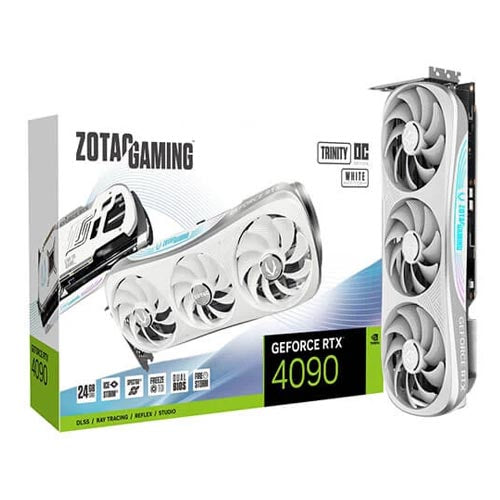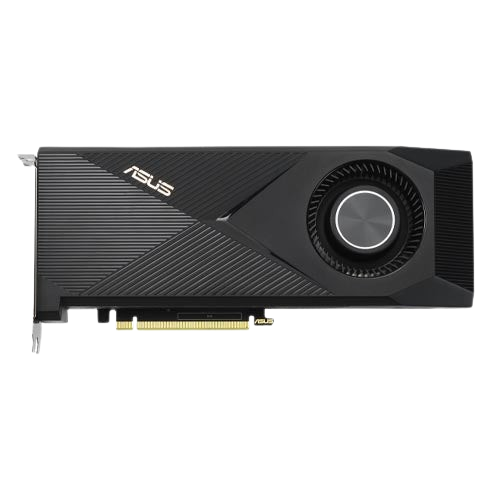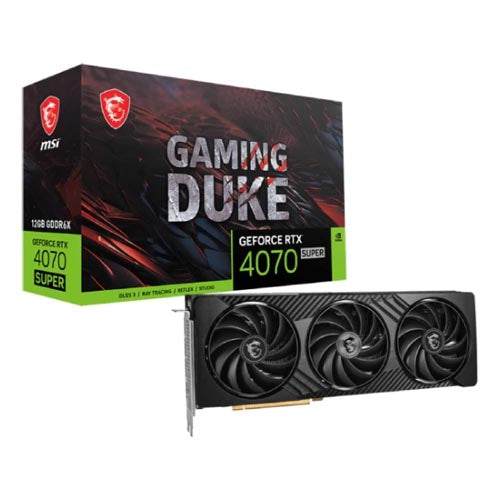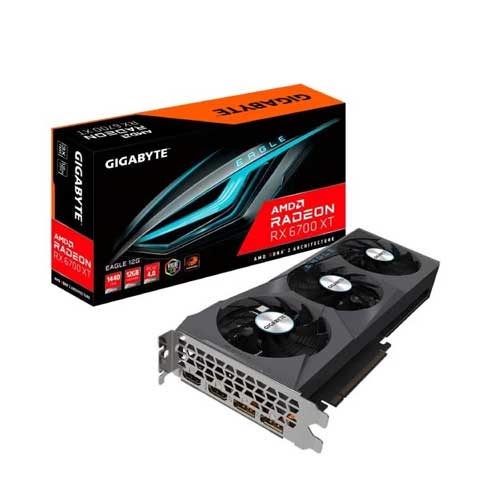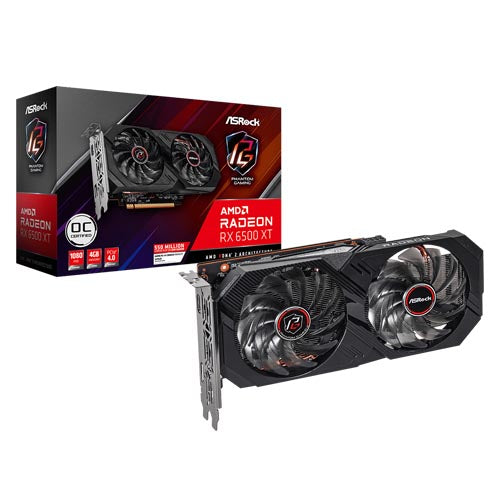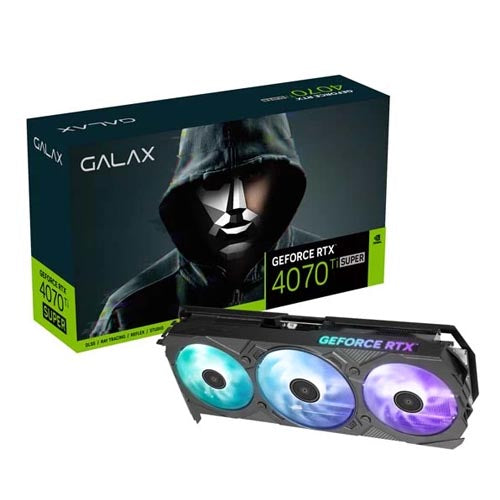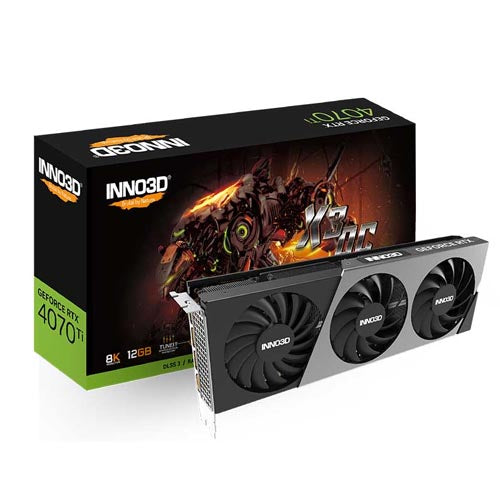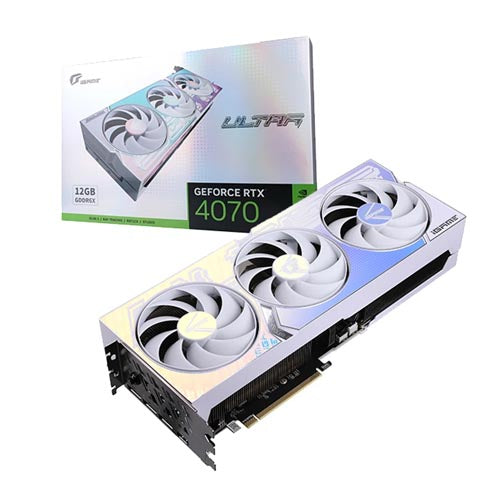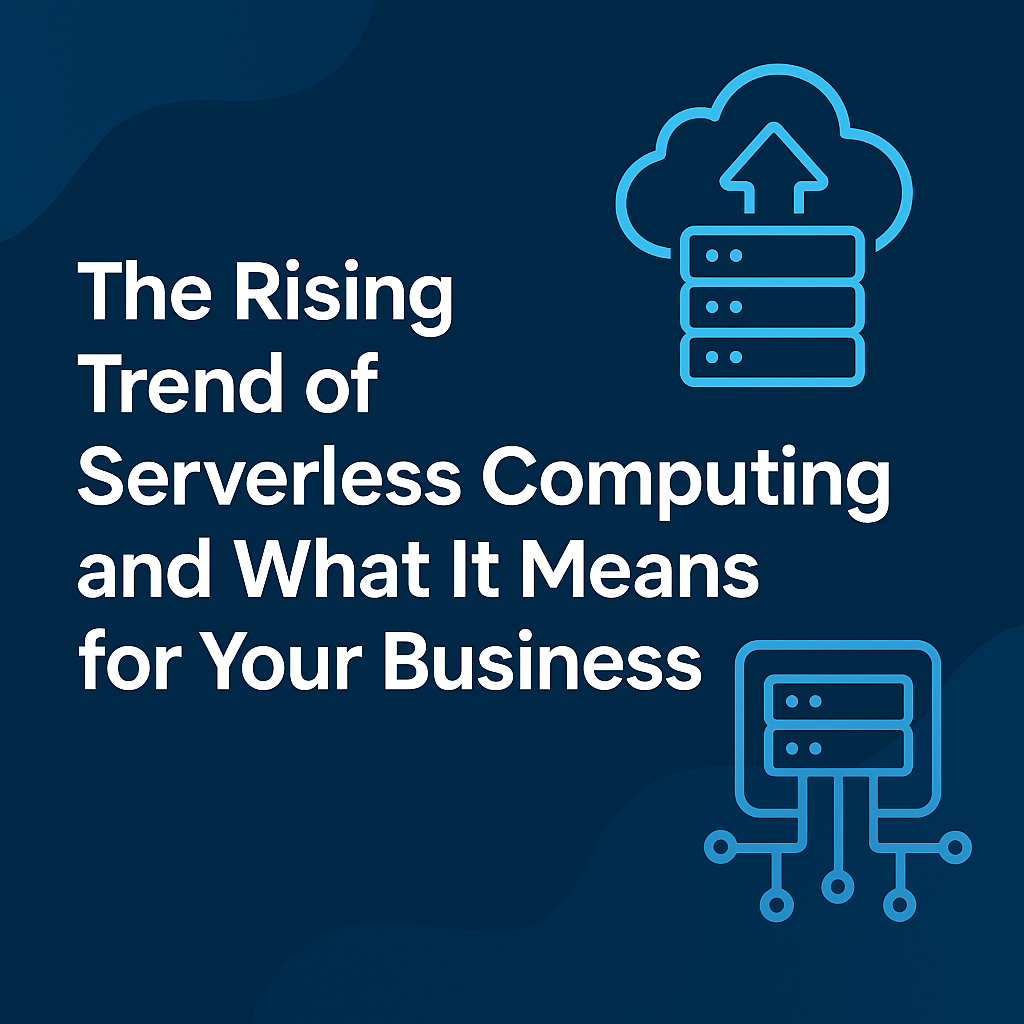The Criticality of Server Uptime
In today’s digital-first world, servers are the backbone of every IT-driven operation — from e-commerce portals and online banking platforms to research databases and AI model training clusters. Any unplanned server downtime can mean revenue loss, data loss, and a direct blow to customer trust.
As server technology becomes more complex and the demand for 24/7 availability rises, Annual Maintenance Contracts (AMCs) have emerged as a crucial element in IT strategies. Far from being just “break-fix” support, AMCs provide a proactive, systematic, and technically rigorous approach to server reliability and uptime.
In this blog, we’ll explore the technical underpinnings of AMCs, the specific mechanisms they employ, and why they are essential for any server environment — regardless of size or scale.
🏗️ What is an AMC? A Technical Perspective
An AMC is a formal agreement between an organization and a maintenance/service provider to ensure that servers are routinely checked, updated, and repaired as needed.
Here’s how AMCs break down technically:
-
- Preventive Maintenance: Scheduled activities that aim to stop issues before they arise (e.g., cleaning fans, checking for early signs of hardware degradation).
- Corrective Maintenance: Rapid repair or replacement of failing components to restore full function.
- Firmware & OS-Level Updates: Applying critical updates to ensure compatibility and security.
- Hardware Health Monitoring: Using sensors, logs, and tools to detect early warnings.
- Service Level Agreements (SLAs): Predefined response and resolution times to ensure minimal disruption.
By covering these aspects, AMCs provide a holistic technical safety net for servers.

🛠️ Core Technical Benefits of AMCs
1️⃣ Proactive Failure Detection
Modern servers come equipped with an array of sensors and self-monitoring technologies:
-
- S.M.A.R.T. (Self-Monitoring, Analysis, and Reporting Technology): Used in hard drives and SSDs to detect signs of imminent failure.
- Thermal Sensors: Monitor CPU, GPU, and memory temperatures.
- Voltage Regulators: Track power delivery stability.
An AMC includes regular analysis of these data streams. Technicians use diagnostic tools to:
-
- Check disk reallocation event counts (early warning of disk failures).
- Identify thermal throttling or heat buildup.
- Examine voltage logs for signs of unstable power delivery.
By analyzing these logs, AMC technicians can replace or repair components before they fail completely, minimizing unexpected downtime.
2️⃣ Optimal Firmware and BIOS Updates
Firmware and BIOS updates are critical for:
-
- Fixing bugs that could cause system instability.
- Adding support for new hardware or software stacks.
- Patching security vulnerabilities (e.g., firmware-level exploits).
Technically, updating firmware requires careful coordination:
-
- Ensuring compatibility with the OS and applications.
- Testing in a staging environment to avoid downtime.
- Applying updates during low-traffic windows to minimize user impact.
AMCs include these updates as part of regular maintenance schedules, ensuring that servers remain secure, stable, and future-ready.
3️⃣ SLA-Driven Mean Time to Recovery (MTTR)
One of the biggest technical advantages of AMCs is the dramatic reduction in Mean Time to Recovery (MTTR).
A typical non-AMC setup might experience delays like:
1️⃣ Failure occurs →
2️⃣ Internal IT team investigates →
3️⃣ Spare parts are ordered →
4️⃣ Replacement is scheduled.
This process can take days.
In contrast, an AMC arrangement involves:
-
- Immediate remote diagnosis.
- Access to pre-stocked spare parts.
- On-site technicians dispatched rapidly.
The result?
MTTR drops from days to hours or even minutes, significantly boosting server availability.
4️⃣ Enhanced Data Integrity and RAID Management
Many servers use RAID (Redundant Array of Independent Disks) for data redundancy. However, RAID arrays are prone to:
-
- Drive failures.
- Silent data corruption.
- Battery-backed cache failures.
AMC technicians perform:
-
- Regular RAID consistency checks.
- Verification of battery backup units (BBUs) in RAID controllers.
- Disk-level read/write error scans.
These measures catch data corruption early and ensure that the RAID’s redundancy actually works when a drive fails.
5️⃣ Improved Server Cooling and Airflow
Dust buildup is a major threat to server reliability:
-
- It clogs fans and heatsinks, leading to thermal throttling.
- It increases the risk of component overheating.
AMC preventive maintenance includes:
-
- Cleaning fans and heatsinks.
- Reapplying thermal paste on CPUs/GPUs.
- Checking airflow patterns in the rack (hot/cold aisle containment).
This thermal hygiene extends hardware lifespan and reduces the risk of catastrophic overheating.
6️⃣ Power System Health Checks
Servers rely heavily on uninterruptible power supplies (UPS) and power distribution units (PDU). Power-related issues can lead to:
-
- Sudden shutdowns.
- Voltage spikes that damage components.
- Battery failures in UPS systems.
AMCs include:
-
- Load testing of UPS systems.
- Battery cycle testing and replacement.
- Verification of grounding and power factor correction.
These steps ensure stable, clean power delivery, which is essential for server stability.
🔍 How AMC Technicians Work: The Technical Process
AMC technicians follow a multi-step technical workflow:
Baseline Assessment:
-
- Document server hardware specs (CPU, RAM, storage, NICs).
- Identify firmware/BIOS versions and patch levels.
Preventive Maintenance Tasks:
-
- Clean, inspect, and lubricate (if needed) mechanical parts.
- Verify memory modules with memtest86 or equivalent.
- Run smartctl or vendor-specific tools for disk checks.
Corrective Actions:
-
- Replace suspect or worn-out components.
- Adjust BIOS/firmware settings for performance optimization.
Performance Benchmarking:
-
- Run synthetic benchmarks to ensure expected throughput.
- Use tools like iperf (for network performance) and fio (for disk I/O performance).
Documentation & Reporting:
-
- Record all changes, replacements, and findings.
- Update server lifecycle records.

🌐 Remote Monitoring: AMC’s Technical Backbone
Many AMCs leverage remote monitoring tools:
-
- SNMP-based monitoring for hardware health.
- IPMI/BMC interfaces for out-of-band management.
- Syslog for error and event reporting.
This enables:
-
- Real-time alerts for temperature spikes, disk errors, or fan failures.
- Automated ticket generation for rapid response.
- Historical trend analysis to predict future failures.
Remote monitoring effectively acts as a 24/7 technical guard against issues.
🧩 AMC and the Server Lifecycle
Servers typically have a 3-7 year lifecycle, depending on their workload. AMCs directly extend this lifecycle by:
-
- Avoiding heat and power damage.
- Replacing aging parts proactively.
- Keeping firmware and drivers aligned with evolving software.
Technically, this means less frequent hardware refreshes, reducing capital expenditure and environmental impact.
⚙️ AMC for Different Server Configurations
The technical requirements of AMCs can vary based on server type:
🔹 Rack Servers:
Focus on airflow management, hot-swap disk replacements, and power supply redundancy.
🔹 Blade Servers:
Regular chassis-level maintenance (backplane checks, blade slot power tests).
🔹 Storage Servers:
Continuous RAID rebuild verifications and disk health monitoring.
🔹 Hyperconverged Nodes:
Combine server maintenance with hypervisor patching (e.g., VMware ESXi, KVM) and virtual machine integrity checks.
AMCs adapt their workflows based on the server’s technical environment.
🛠️ Key Tools Used in AMC Maintenance
Technicians rely on a toolkit of technical instruments, including:
-
- Thermal cameras: Visualize hotspots on motherboards and power supplies.
- Digital multimeters: Check PSU voltage stability.
- Firmware utilities: Vendor-specific tools like HPE’s iLO, Dell’s iDRAC, Lenovo’s XClarity.
- RAID management utilities: MegaRAID, HP Array Configuration Utility.
This specialized toolkit ensures precise troubleshooting and maintenance.
🚀 Advantages Beyond Hardware
AMCs aren’t just about the physical components. They enhance overall system performance:
-
- Reduced kernel panics and BSODs (linked to unstable hardware).
- Minimized database corruption (due to sudden power or disk failures).
- Better virtualization stability (hypervisors are sensitive to hardware quirks).
By tackling these technical areas, AMCs indirectly improve software reliability and application performance.
🔎 Common Pitfalls Without AMCs
Organizations skipping AMCs often face:
Firmware incompatibilities leading to random reboots.
Silent RAID degradations unnoticed until data loss.
Thermal issues causing CPU/GPU performance drops.
Lack of spare parts in emergencies.
The technical depth of AMCs ensures none of these scenarios catch IT teams off guard.
🧠 Conclusion
nnual Maintenance Contracts (AMCs) aren’t just optional add-ons for servers; they’re a critical part of a robust, future-ready IT strategy. By combining preventive maintenance (like cleaning and airflow optimization), corrective action (fast repairs and replacements), and predictive insights (using real-time data and diagnostics), AMCs transform server management from a reactive scramble to a structured, proactive practice.
Technically, AMCs address every layer of potential risk: from thermal stresses and mechanical wear to power anomalies and firmware gaps. This ensures hardware longevity, data integrity, and peak performance—not as an afterthought, but as an engineered certainty.
Operationally, AMCs deliver predictable costs, compliance-ready uptime, and extended server lifespans—essential for any organization that depends on digital infrastructure.
Ultimately, AMCs embody the principle that server reliability isn’t accidental—it’s engineered. In an era of constant connectivity and growing digital demands, AMCs offer peace of mind, turning servers into resilient, reliable workhorses ready to tackle the future.
